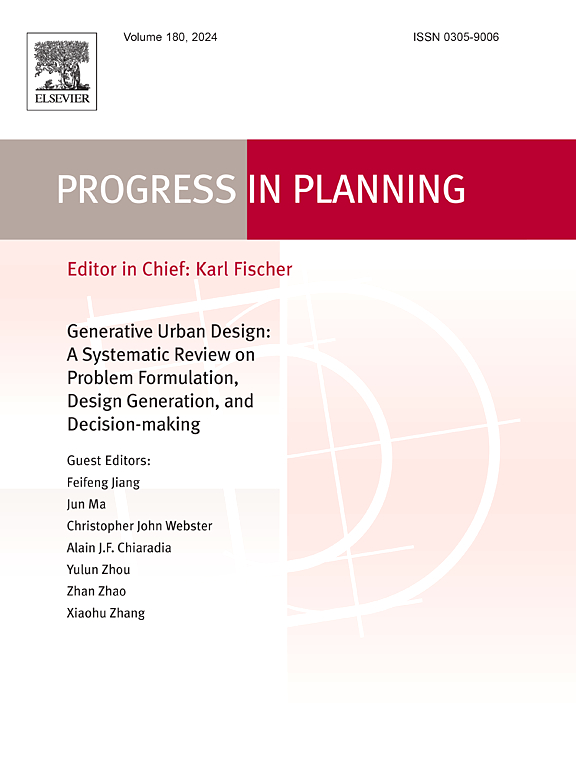This study explores whether and how innovation policy concepts can be adapted to address the needs of low-income developing countries and how they can advance their sustainable development objectives, such as economic growth, increased productivity, entrepreneurship, and job creation. We devise a conceptual approach for ensuring the advancement of innovation and entrepreneurship in low-income countries, design and test a methodology for implementing the conceptual approach, and utilize the case of Ethiopia for demonstration. The Ethiopian case is noteworthy due to a combination of various factors—high economic and demographic growth over the past years, acute need for job creation and focus on marginalized and vulnerable groups in society, need for regional and spatial planning focus, and relatively weak performance in innovation.
Considering the challenging conditions in Ethiopia, we assess the conditions for innovation and entrepreneurship promotion in low-income countries. Moreover, we test the performance of seven ecosystem factors (finance, human capital, infrastructure, information, academy, government services, and culture) through key informant interviews, focus-group discussions, and questionnaires involving all ecosystem actors: government, academic and research institutions, and business leaders. Each factor is evaluated using 91 variables. Two aspects are evaluated for each variable on a 1–5 scale: the perceived importance of the variable for innovation advancement, and the current availability of the variable in Ethiopia. The gap between the two scores indicates the “frustration” level of the respondents.
The findings indicate a challenging economic situation and low innovation level, but simultaneously high potential for growth—based on a growing market, significant GDP growth, and considerable government commitment and efforts. The ecosystem analysis results show that respondents attributed high importance to all ecosystem factors, but expressed frustration due to the low availability of the factors, as well as their weak interaction within the ecosystem—low coordination between government, industry, and academia; insufficient coordination within government; and low interaction among businesses.
Based on the analysis results, several directions for innovation and entrepreneurship policy guidelines are derived.
1. Adoption and adaptation. The innovation policy of low-income developing countries should not focus on new knowledge creation. The policy should instead support the adoption and adaptation of incremental innovations, which may have a significant multiplier effect, thereby generating jobs, affecting a numerous consumers and enterprises, and enhancing economic growth.
2. Impact innovation. The innovation strategy of low-income countries should aim to generate an impact on broad segments of the economy. Priority should be given to innovation types in sectors that can lead to major economic impacts and boost productivity and employment—for example, in agriculture, traditional industry, and small and medium-sized enterprises (SMEs).
3. Demand-oriented innovation. Demand-oriented innovation, rather than supply-oriented innovation, focuses on market needs. Instead of encouraging technology push, the innovation policy should focus on market pull, respond to people’s unmet needs, and support privatization.
4. Spatial innovation. Innovation policies in a low-income country should adopt the concept of “concentrated dispersal” of innovation activities, thereby providing special grants or funds to SMEs in specific regions or supporting impact investments in priority regions.
5. Government coordination. The innovation capabilities of ecosystem actors are strengthened through mutual learning processes and by facilitating interactions among stakeholders in the innovation community. Therefore, supporting innovation, particularly in a low-income country, necessitates a governmental coordination platform that would set up development priorities, strengthen coordination and collaboration among the ecosystem factors, and provide appropriate regulations, infrastructure, and financial and legal services.


